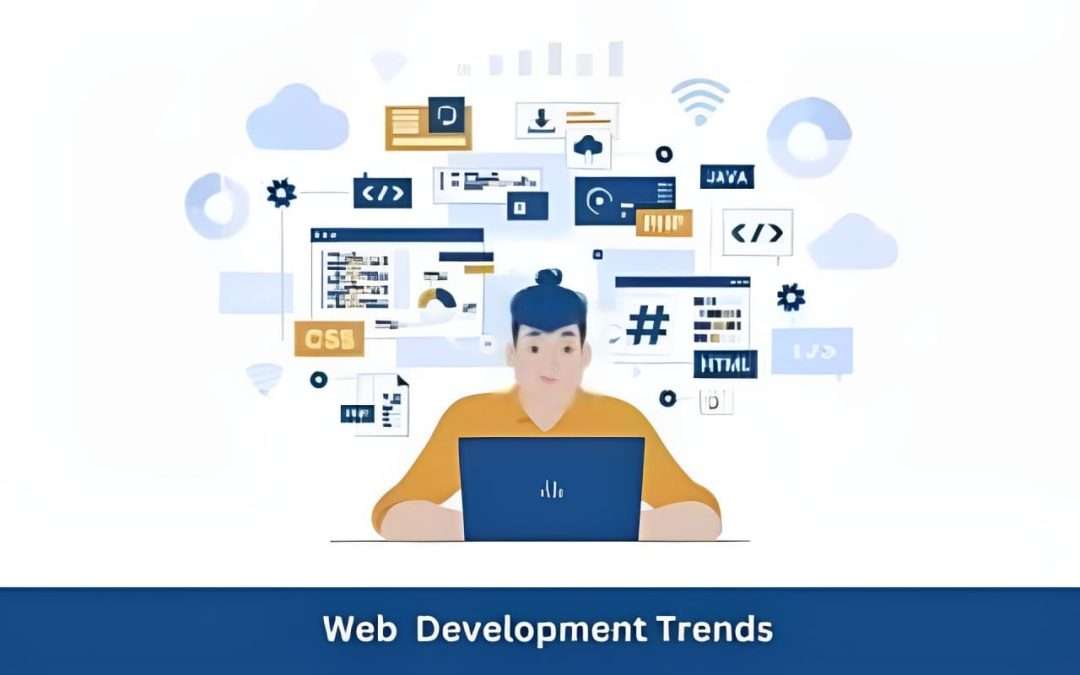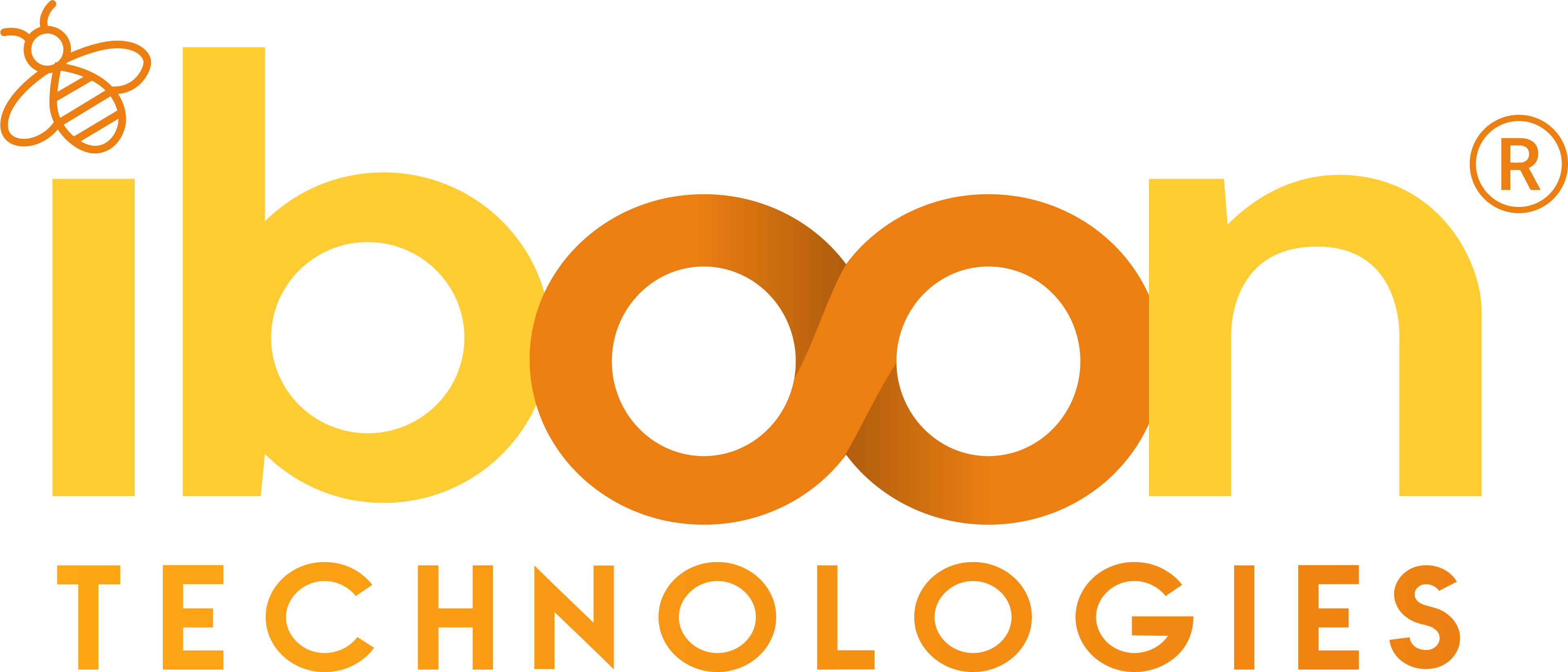Web development is no longer solely about HTML, CSS, and Javascript, which are the building blocks of any website. To stay ahead of the game, it is important to keep up with the trends and latest technologies in web development. Almost 60% of users don’t return to a website due to its unresponsive design. Thus, adapting to new trends and styles can have a large impact. In this article, we will discover the top 10 trends in web development for 2025.
User experience plays a vital role in web development. Developers are now required to follow web development trends to improve the user journey. This work involves website security, speed, and UI.
What is the Future of Web Development?
The future of web development looks bright, with exciting new technologies and trends shaping how we interact with websites. In the coming years, we can expect websites to be faster, smarter, and more personalized.
It makes websites more intuitive, while Progressive Web Apps (PWAs) will offer app-like experiences without needing downloads.
Voice search will change the way people find information, and cybersecurity will be more important than ever to keep data safe. Web3 and blockchain will empower users by giving them more control over their data, while headless CMSs will offer developers greater flexibility in building websites.
With IoT devices and machine learning becoming more integrated into websites, the web will become more interactive and intelligent.
Rise of AI in Web Development
There is no doubt that AI is bringing a large change in web development. From new trends to plugins, the developers are now required to adapt to these trends.
Progressive Web Apps (PWAs) are also becoming more popular because they work on any device and don’t require app downloads. Voice search is growing in use, so websites are being made to understand voice commands. Cybersecurity is a big focus, as websites need to be safe from hackers. Web3, headless CMS, and IoT are creating new ways to interact with websites.
Let’s further understand the top 10 web development trends in 2025
1. Progressive Web Apps (PWAs)
Progressive web applications provide a user experience similar to that of native mobile apps. It combines the best features of the web and mobile applications and offers fast, reliable, and engaging experiences directly through web browsers. It has offline functionality, which works even when you’re offline and ensures a seamless user experience.
The web application loads quickly and works smoothly. PWAs offer cross-platform compatibility, and you don’t need separate development for different operating systems. It is designed to use less data, and it makes them efficient for users with limited data plans.
2. Voice Search Optimization
Websites need to adapt to this trend by making sure they are easy to understand when someone speaks to them. This includes using natural language and answering questions directly. The website must be designed to comprehend multiple languages, and it must be understandable and conversational. When you adapt to the voice search trends, it can improve your website drastically.
3. Enhanced Cybersecurity
As the web grows, so do the risks of cyber threats. There is an increase in cyber threats, and it will remain a top concern for the coming future. The potential for security threats is increasing, and many business owners need to adapt to security measures. The reliable security measures include multi-factor authentication, encryption, and secure development practices.
The measures can help safeguard user data, and they can maintain customer trust. It can incorporate cybersecurity into web applications.
4. Web3 Impact
Web3 is a new approach to the internet that focuses on decentralization. Instead of big companies controlling data, Web3 gives users more control over their information. It uses blockchain technology to make websites and apps more secure and transparent.
Web3 is starting to change the way websites are built, allowing for more privacy and control for users. As blockchain continues to grow, Web3 will have a big impact on web development by creating more trust and giving users more power online.
5. Headless CMSs
Headless Content Management Systems (CMSs) are changing how websites are built. A traditional CMS controls both the front end (what users see) and the back end (where the content is stored). In contrast, a headless CMS focuses only on managing content without worrying about the front end.
This gives developers more freedom to design websites however they want, using different technologies. Headless CMSs are becoming popular because they make websites more flexible and faster to load. As web development continues to evolve, headless CMSs will help create websites that are easier to manage and customize.
6. IoT and the Rise of Web-Powered Interactive Experiences
It is connecting more devices to the Internet, from smart refrigerators to wearables. As IoT grows, it’s also affecting web development. IoT signifies the integration of web technologies and interconnected devices. It allows the developers to create web apps that interact with physical devices. Further, it can foster a new level of engagement and interactivity.
The IoT will be able to do real-time data processing from all connected devices and offer instant feedback and insights. IoT-driven applications are seamless in interaction, and they can adapt to various platforms.
In 2025, the combination of IoT and web development will make websites more interactive and connected to the real world, providing users with unique and engaging experiences.
7. Machine Learning in the Browser
It is the deployment of ML models that run directly within web browsers, and it enables real-time data processing without the need for server-side computations. It empowers web apps to make smart decisions and predict activity based on user interactions. ML in the browser offers instant responses to user inputs and enhances the overall interactivity and responsiveness of the web applications.
It reduces server dependency and leads to faster and more efficient data processing. It offers an enhanced user experience with personalized recommendations and predictive text. ML models can operate offline and ensure better functionality.
8. Server-Driven UI
Server-driven UI is a new way of building websites where most of the content and layout are controlled by the server instead of the client (the user’s device). This makes websites faster and more efficient because the server can send only the necessary data to the user’s device.
Server-driven UI allows for more dynamic websites. As web development trends evolve, server-driven UI will play a big role in making websites faster and easier to use.
9. Motion UI
These animations can be used to highlight important information, guide users through a website, or simply make a website feel more dynamic. Motion UI is becoming more popular because it helps websites feel more interactive and enjoyable to use. In 2025, motion UI will be a key part of web development, making websites more visually appealing and fun to explore.
10. Augmented Reality (AR) Integration
Augmented reality (AR) is gaining popularity because of its ability to enhance user interaction with digital elements. It has the potential to improve user engagement by providing virtual try-ons for shopping, interactive product demonstrations, and more. AR offers numerous opportunities for creating a more immersive and personalized virtual experience. As it becomes increasingly accessible, its integration into websites will likely rise, resulting in more creative interfaces.
Conclusion
From AI-driven websites that learn and adapt to users’ needs to the rise of Progressive Web Apps (PWAs) and voice search optimization, the web is becoming faster, smarter, and more accessible. Cybersecurity, Web3, and headless CMSs ensure that websites are secure, flexible, and decentralized, while IoT and AR are opening up new ways for users to interact with the digital world.
You can hire a web developer at iBoon Technologies for end-to-end web development services and launch your web application today.
Frequently Asked Questions
What Are Some of the Latest Web Development Trends?
AI integration for smarter websites, Progressive Web Apps (PWAs) for better user experiences, voice search optimization, enhanced cybersecurity, Web3 for more privacy, headless CMSs for flexibility, IoT for interactive experiences, and motion UI for dynamic designs.
What Are Progressive Web Apps, and Why Are They Gaining Popularity?
Progressive Web Apps (PWAs) are websites that act like apps but don’t need to be downloaded. They’re gaining popularity because they’re fast, reliable, and can work offline. PWAs provide a better experience for users and are easier to maintain compared to traditional mobile apps.
What Is the Role of AI in Web Development?
It plays a key role in web development by creating smarter and more efficient websites. It analyzes user behavior to provide personalized recommendations and automates time-consuming tasks, such as optimizing images for content management.
What Is the Next Big Thing in Web Development?
The next big thing in web development is the continued growth of AI, Web3, and Progressive Web Apps (PWAs). These technologies will change how websites are built and interacted with, offering faster, smarter, and more secure web experiences for users.


